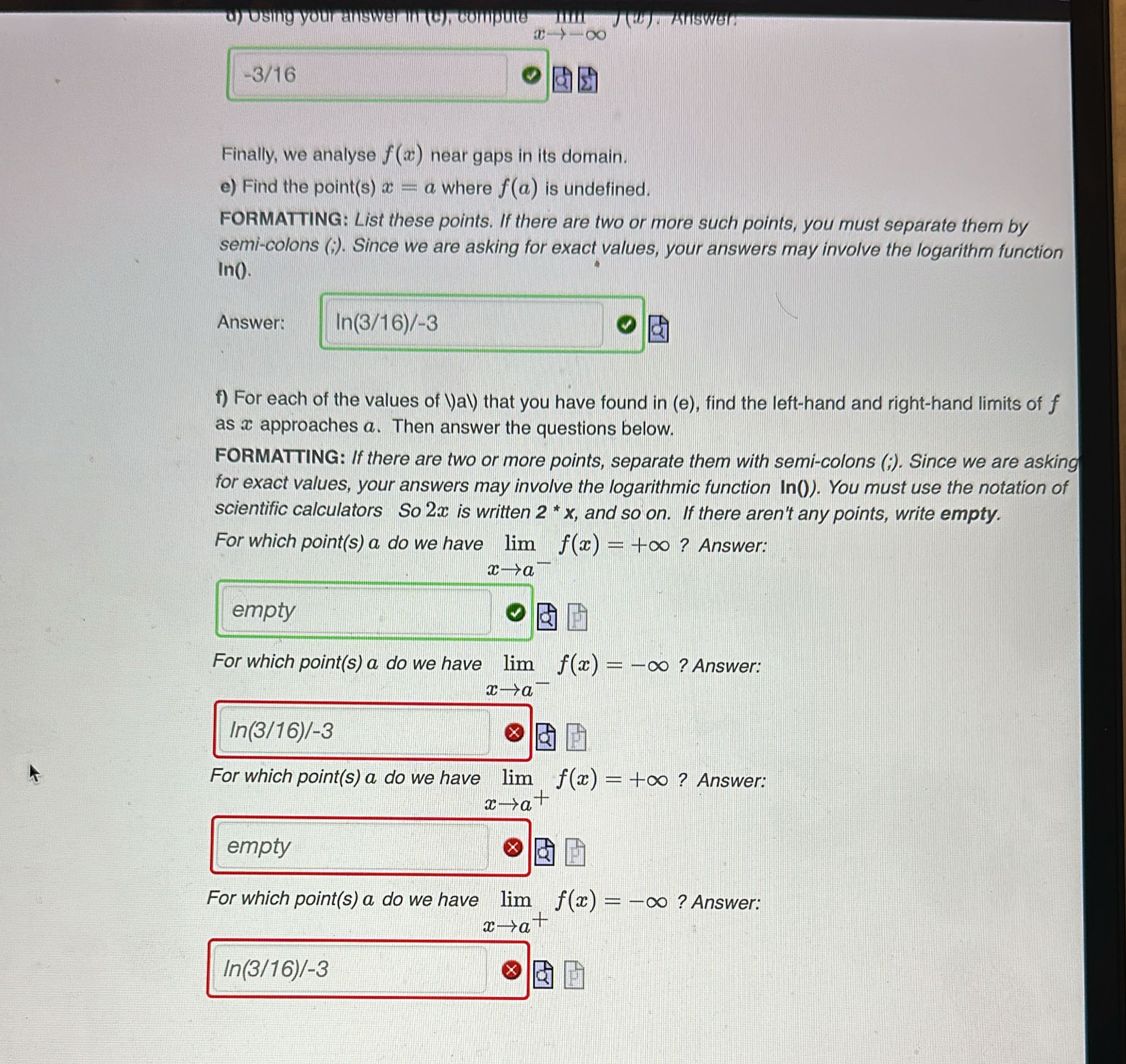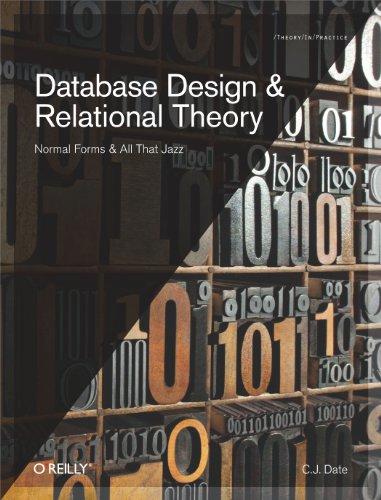Question
Finally, we analyse f(x) near gaps in its domain. e) Find the point(s) x=a where f(a) is undefined. FORMATTING: List these points. If there
\ Finally, we analyse
f(x)near gaps in its domain.\ e) Find the point(s)
x=awhere
f(a)is undefined.\ FORMATTING: List these points. If there are two or more such points, you must separate them by semi-colons (?. Since we are asking for exact values, your answers may involve the logarithm function ).\ Answer:\ f) For each of the values of (Y) that you have found in (e), find the left-hand and right-hand limits of
fas
xapproaches
a. Then answer the questions below.\ FORMATTING: If there are two or more points, separate them with semi-colons (?. Since we are asking for exact values, your answers may involve the logarithmic function
ln(). You must use the notation of scientific calculators So
2xis written
2^(**)x, and so on. If there aren't any points, write empty.\ For which point(s)
ado we have
\\\\lim_(x->a^(-))f(x)=+\\\\infty ? Answer:\ For which point(s)
ado we have
\\\\lim_(x->a^(-))f(x)=-\\\\infty ? Answer:\ For which point(s) a do we have
\\\\lim_(x->a^(+))f(x)=+\\\\infty ? Answer:\ For which point(s) a do we have
\\\\lim_(x->a^(+))f(x)=-\\\\infty ? Answer:

Step by Step Solution
There are 3 Steps involved in it
Step: 1

Get Instant Access to Expert-Tailored Solutions
See step-by-step solutions with expert insights and AI powered tools for academic success
Step: 2

Step: 3

Ace Your Homework with AI
Get the answers you need in no time with our AI-driven, step-by-step assistance
Get Started


